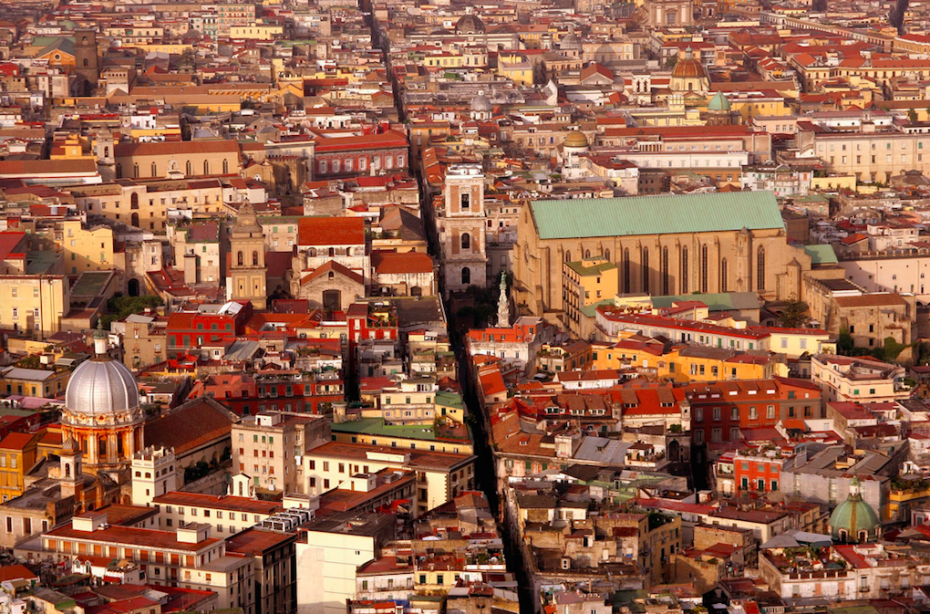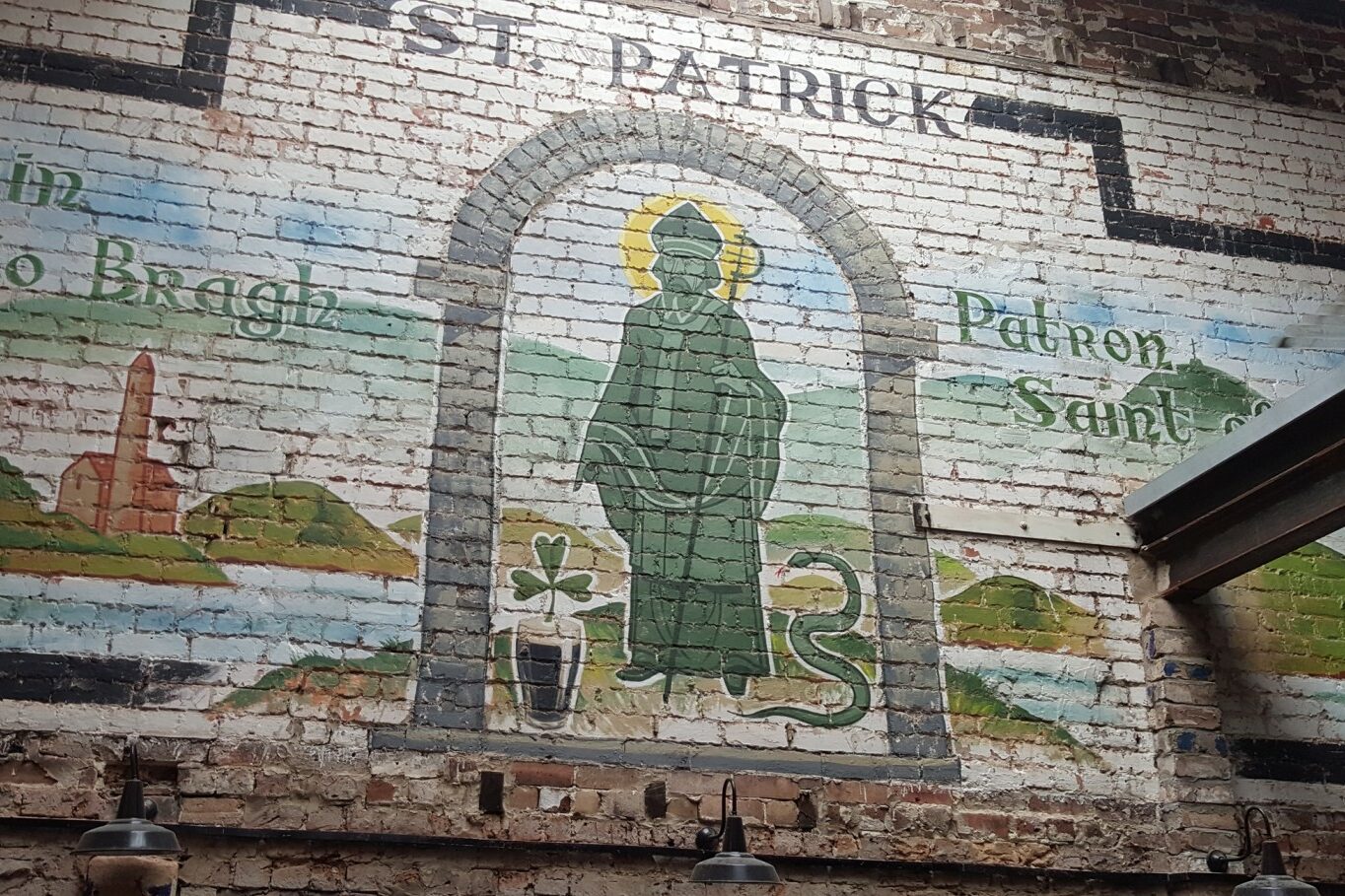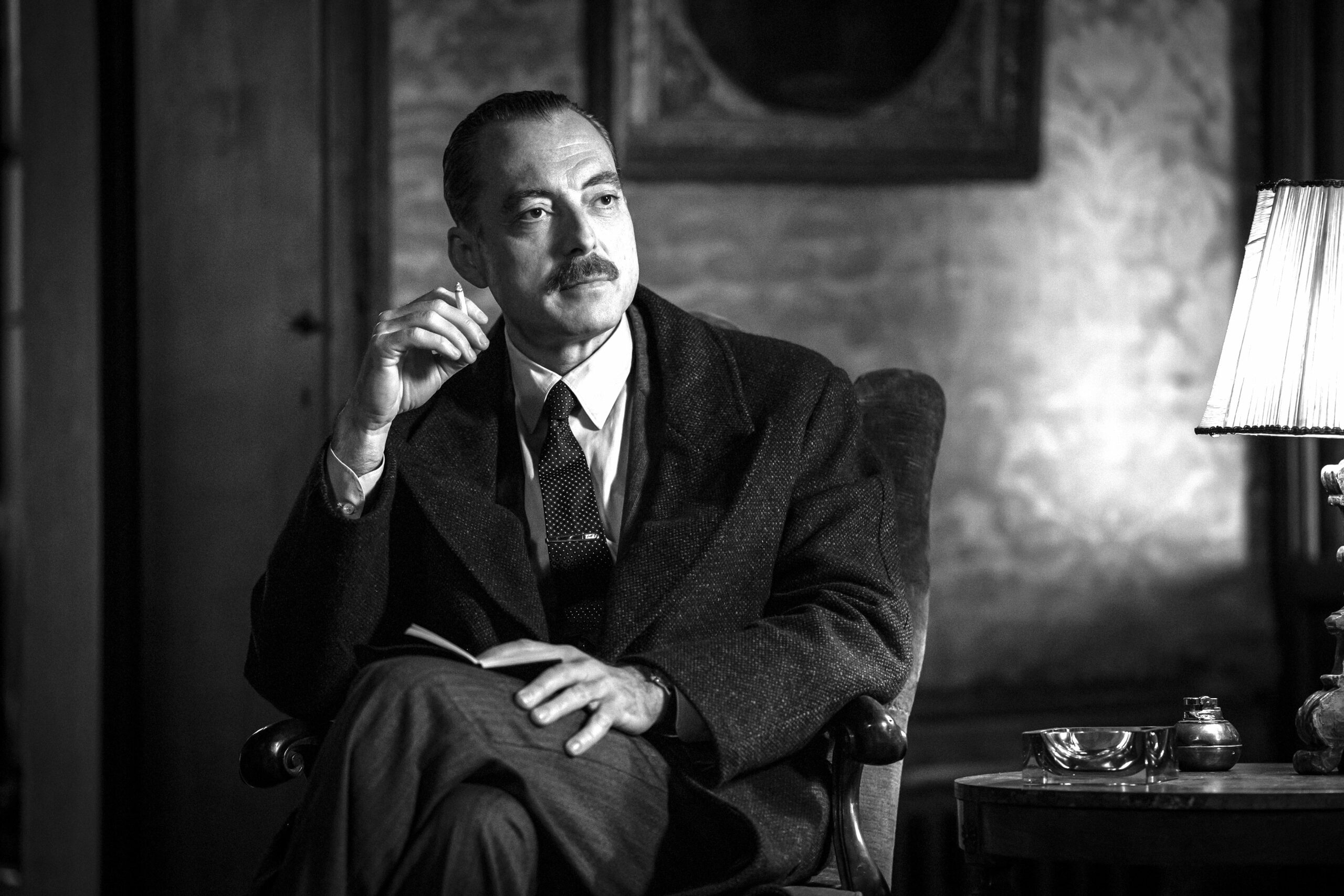Dear Readers,
A September selection of Italian connections:
Andrews Sisters Patty, Maxene and LaVerne were in Naples, Italy, on a U.S.O. tour in August 1945. The Andrews Sisters were about to perform for some 5,000 weary GI’s, gathered in the port city of Naples, en route toJapan to join the fight.
As you may recall, fighting had begun to subside in Italy after the April 28, 1945 partisan execution of Mussolini, the April 30th suicide of Hitler, and the May 2nd surrender of some 1 million German troops in Italy. The mood of the war weary G.I.’s was glum and the men were in no mood to celebrate. But, a simple note passed from the troops’ commander to Patty prompted an about face in attitude.
“Fellows, you don’t have to go to Japan. The war is over!” she said, recalling the moment for John Sforza in his book, Swing It! The Andrews Sisters Story. According to her account, there was complete silence, until she assured the men the announcement was real. Then, silence turned to a deafening roar (Pres. Harry Truman, sworn in after F.D.R. died April 12, 1945, had ordered the A-Bomb dropped on Hiroshima on August 6 and Nagasaki three days later. Japan surrendered to Allies on Aug. 14).
Known as “Sweethearts of the Armed Forces Radio Service”, the girls not only performed extensively at War Bond rallies, but took their show to the troops. Only Bob Hope did more USO tours than the Andrews Sisters.
A Yiddish song taught them by their manager, Bei Mir Bist Du Schoen sold over a million copies in 1937.
They went on to popularize such authentic period pieces as The Hut Sut Song, Rum and Coca Cola, and the 1940’s home front songs for troops who yearned to be back with their sweethearts, like the sisters’ hit I’ll Be With You in Apple Blossom Time promised.
Their Beer Barrel Polka was adopted by Allied Troops as a marching song in World War II.
Patty, lead singer and last surviving member of the group, died January 30, 2013, in her California home. She was 94.
***
Apples, not gold, was at the core of Luigi Martinelli’s family fortune.
Martinelli emigrated from Switzerland in 1849, to make his fortune in California’s gold fields. But the agricultural fields surrounding Watsonville proved more attractive than the miners’ camps, so instead of digging for gold, Martinelli began planting apple trees.
The Pajaro Valley soon became famous for apples, especially its Newtown Pippins, a homely but delectable fruit that tastes good even after months in storage. The land around Watsonville sprouted some of the first commercial orchards in the state, and the city’s downtown prospered with a boom of apple-related businesses.
Luigi’s brother, Stefano, who followed his elder sibling to Watsonville after a couple of seasons working for a French Champagne maker, used his brother’s apples to create a signature sparkling version of traditional hard cider.
The cider was an immediate hit, and S. Martinelli and Co. soon became a pillar of the local business community.
By 1908, the Pajaro Valley was the biggest apple producer on Earth, boasting a million trees and shipping apples as far afield as Europe and Asia. Watsonville had dozens of packing sheds, as well as apple dryers and vinegar plants and, in the Spring, the view of pink-and-white apple blossoms stretched for miles.
Today, the 15,000 acres of apple orchards that once filled the Pajaro Valley have dwindled to just 2,000 acres, most of them replaced by strawberry or raspberry fields, and by housing.
Berries have replaced apples as the region’s signature crop, occupying approximately 7,400 acres now.
But berries use far more water and chemicals than the trees they’ve replaced.
The shrinking apple crop is posing a problem for Martinelli’s, a still-growing business, which has been headquartered in Watsonville since 1868. The company buys about 95 percent of all the apples grown in the Pajaro Valley, but is increasingly forced to bring in apples from elsewhere to meet demand. John Martinelli, Stefano Martinelli’s great-grandson is president of the company.
For more info: www.martinellis.com
































